It took a lot to finally get Detroit to finally embrace small cars — but domestic automakers were well aware of what was coming. Uninformed reporting countered what Detroit executives were really up to back in 1958.This week’s Past Lane report looks at what was really happening back then.
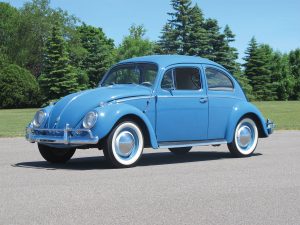
By the time this VW Beetle came out in late 1958, Detroit automakers were struggling to figure out whether they needed to counter domestic and imported small cars.
In what could only be termed colossally bad reporting, U.S. News & World Report reports in 1958 that its study of U.S. automakers reveals that production of a small car in the U.S. by a major auto company “remains a possibility”, but now appears doubtful or at least a long way off.
The story is picked up this week 67 years ago by industry publication Automotive News, which re-reports the magazine’s findings under the headline, “Big Three Small Cars Unlikely?”
DETROIT EXECS SAID WHAT THEY KNOW WASN’T TRUE
U.S. News & World Report blamed the lack of small American cars on high labor costs, a perennial excuse, as well as automotive executive attitudes. The magazine cited execs who believed that a small car would have to cost at least $200 less than the lowest-priced Fords, Chevrolets and Plymouths to be a success — about $1,900 at the time.
An even better price would be around $1,750. But automakers aren’t sure they can hit it, the story states, as the 1958 Rambler American costs $1,789 and the 1958 Studebaker Scotsman, a new Studebaker model stripped of any civility, costs $1,795 and are proving surprisingly popular. As such, the magazine thought that the Opels, Vauxhauls, European Fords and Simcas that the Big Three are importing from their European operations would satisfy the demand for small cars.
The magazine’s study also reveals that two-thirds of all cars purchased are used. So, while the Big Three would rather sell larger cars with larger price tags, the rising popularity of affordable, small, imported cars shows Detroit that a small car could reach buyers that manufacturers aren’t reaching. Publicly, Big Three executives state that small cars are a fad. But they know that they’re not. By then, the Volkswagen Beetle is outselling DeSoto, Edsel, Renault and Studebaker in the U.S. market.
A fad? Hardly. But the reporters covering the industry are too lazy to dig. If they did, they would have discovered that what was being discussed behind closed doors was another matter entirely.
WHAT DETROIT REALLY THOUGHT
According to a later confidential Ford Motor Company Product Planning Committee report, there are approximately 239,000 imported small car registrations in the United States in 1958, of which approximately 78,000 units are Volkswagens, 48,000 Renaults, 26,000 Ford Anglias, 21,000 Fiats, 19,000 Hillman Minx, 17,000 SImcas, 12,000 AMC Metropolitans, 9,000 Morrises, 2,000 Austins with remaining nameplates accounting for 1,000 units.
“The market is currently dominated by Volkswagen and Renault,” the Ford report states. But while the imports were making inroads, Ford’s Whiz Kids knew they could meet the threat, and what the impact would be.
“With the advent of the domestic compact cars, the volume of such former small car stalwarts as Fiat, Simca and Hillman has been cut in half, largely because of the loss of key outlets and the transfer of marketing emphasis to the American compacts.”
The report came as development of the Studebaker Lark, Chevrolet Corvair, Plymouth Valiant and the Ford Falcon were underway. Despite that, Ford predicted that imports would account for 400,000 units by 1960.
More from Headlight.News
- Diners, Drive-Ins…and Elon Musk
- Past Lane: A Revolutionary Small Car Turns 65
- Past Lane: Chrysler Attempts to Regain its Prestige
WHAT THEY REALLY KNEW
And Detroit realized, or at least Ford did, that they had to reach a consumer now buying something small and foreign — or previously owned.
“The degree of acceptance accorded the small foreign imports in the United States demonstrates that there is substantial consumer interest in reducing costs of automotive ownership and operation,” the report goes on to state.
“In short, the product advantages of the larger U. S. cars are being rejected by many in the market place as not worth the $280 or more initial price differential and the substantial difference in annual operating costs that currently exists between the VW size car and the U. S. compact or conventional size car.”
So, did U.S. News & World Report as well as Automotive News get it wrong? Well, you know the answer.
Sure, Ford overestimated the foreign small car incursion. In reality, 279,000 imported cars were sold in the United States in 1960, not all of them small. But Detroit had succeeded in pushing back the foreign car threat — for the moment.
But it wouldn’t win the war.

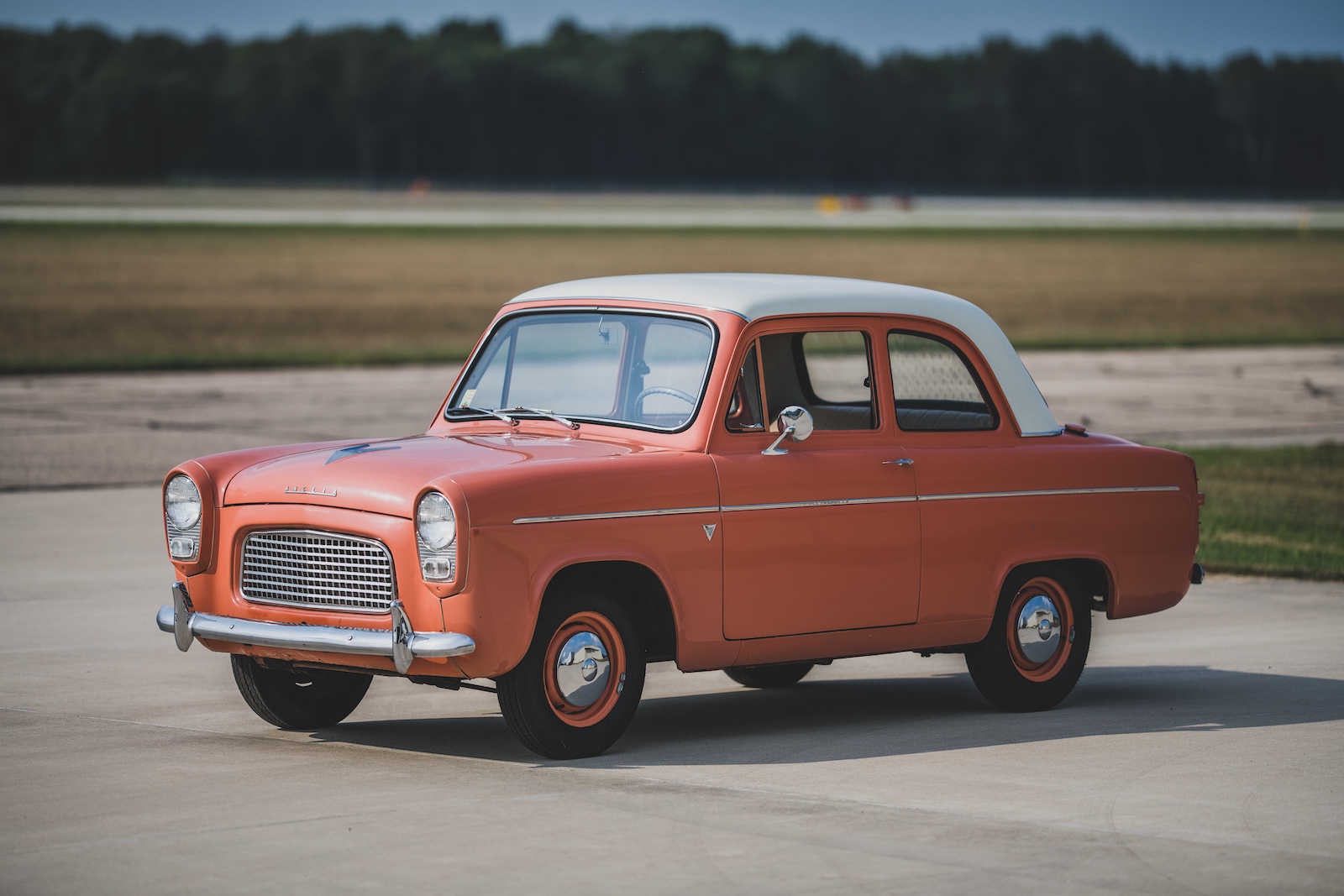
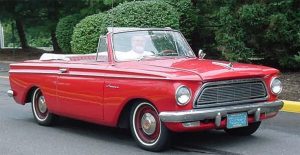
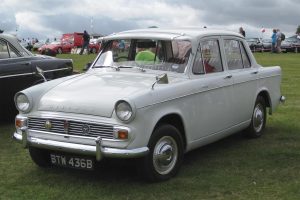
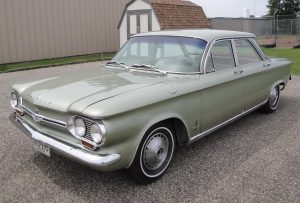
0 Comments